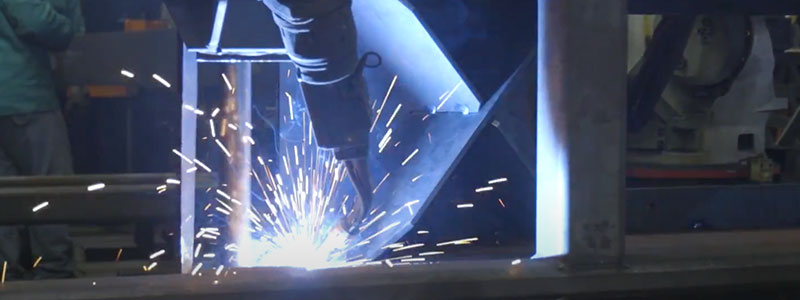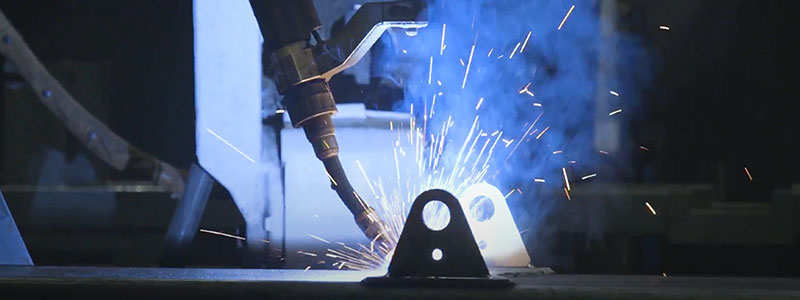Fume extraction systems are designed to help you, which also requires you take care of them. Maintenance is a simple, yet important part of keeping your fume extraction systems running at their optimal performance level. Whether you have a portable or large stationary fume system, the maintenance is manageable and necessary. These different systems require their own specific attention, but ultimately use the same maintenance checklist.
Fume Extraction Systems Basic Maintenance
Topics: Fume Extraction, Health & Safety
Troubleshooting Robotic Welding Arc Faults
Robotic welding is all about time and minimizing the loss of it. Everything from porosity, microarcing, and spattering contributes to an inefficient welding process that requires troubleshooting and problem solving.
Topics: Robotic Welding
Comparing Weld Inspection Methods
No matter how good your welding process is, weld defects are inevitable. Inspection ensures those defects are caught and fixed before your product goes out the door. Leaving this unaddressed can lead to customer issues, premature product failure, and a lot of other avoidable mistakes. In my experience, I have seen a number of issues impact welding. One of my most memorable experiences was during my time at Tower. We would always run into inconsistency in parts which caused a frenzy in figuring out the reasoning why. We'd argue with our internal and external stamping supplies, have holes and trimmed edges that would move or change, and spend countless hours on the robot cells touching up welds here and there. This lead to many different quality issues and wasted time chasing down and troubleshooting these inconsistencies.
Topics: Robotic Welding, Automation, Weld Inspection
What Changes When Implementing Robotic Fume Extraction In Your Operation?
Are you looking to continue advancing your welding process? You've completed the first step by adding robots to your operation, but now you're looking to improve safety among your team. Step two is setting up a robotic fume extraction system in your plant to improve air quality. The xFUME® ROBO by ABICOR BINZEL USA and CA is the most effective and economical way to control welding smoke emissions with fume source capture.
Topics: Robotic Welding, Fume Extraction
Explaining Weld Wire Cast for Robotic Welding
There are two physical elements of weld wire to be aware of in a robotic welding application. The first is the cast, which is the natural curvature of the wire. The second is the helix, which is the natural winding geometry of the wire's radial shape.
Topics: Robotic Welding, Welding Consumables
New Product Releases ABICOR BINZEL USA: xFUME® Fume Extraction Solutions
ABICOR BINZEL USA is now offering full turn-key solutions to fume extraction welding in both automated, robotic applications and manual applications.
Topics: Robotic Welding, Fume Extraction, MIG Guns & Torches, Company News, Products, New Product Release
Weld Joint Finding Methods Explained
When we look at weld joint detection and the benefits involved, there are two primary features of these technologies: the finding and tracking of the joint.
Topics: Seam Tracking
How to Limit Micro-Arcing in Robotic Welding
Micro-arcing in a welding process are small arcs, usually not visible, that happen within the contact tip or wire liner. Instead of making a positive contact all the way through the tip, or at least always on the tip at some point, your wire is making inconsistent contact to the contact tip. This compromises current transfer and causes the wire to micro-arc inside the contact tip.
Topics: Robotic Welding
Understanding Porosity in Robotic Welding
Porosity is the bane of existence in robotic welding.
It happens. You don’t know where it comes from all the time, or how it’s happening, and you spend days or even weeks troubleshooting to figure it out.
We’ve all been there.
Topics: Robotic Welding
Solving Welding Burnbacks in Robotic Applications
A burnback in welding is when your wire burns back and sticks itself to your contact tip. There are several reasons this can happen. The most primary causes of burnbacks in a robotic application include:
Topics: Robotic Welding



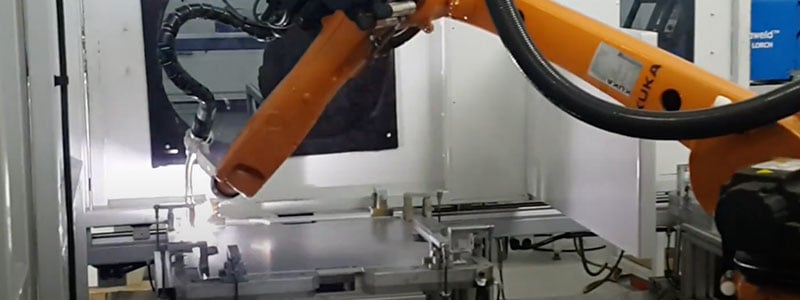
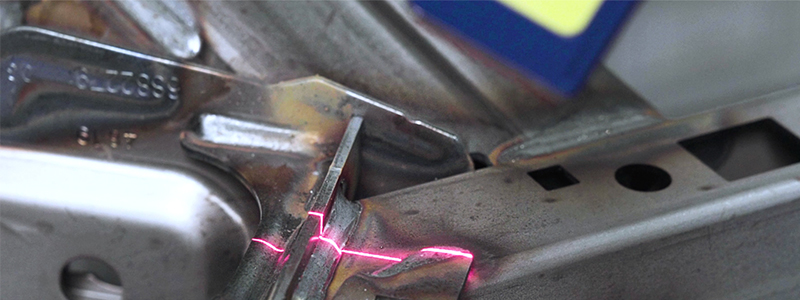
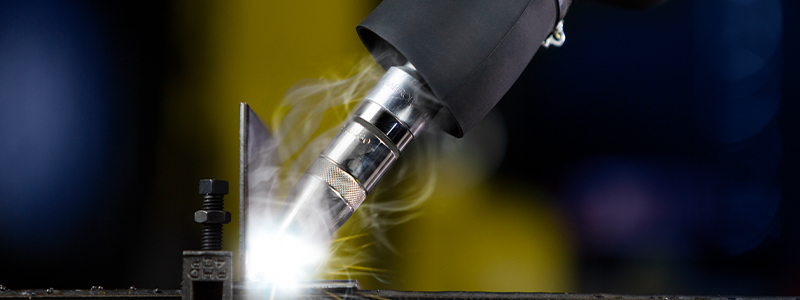
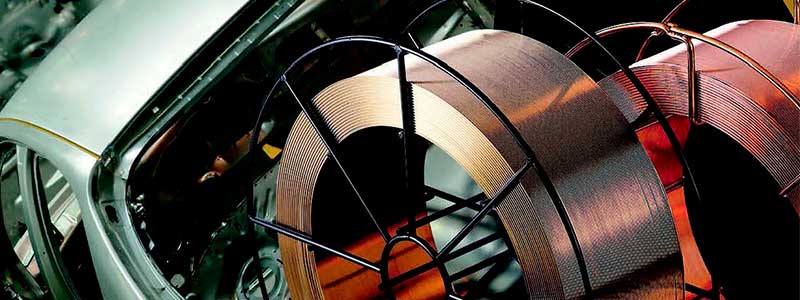
-2.png)
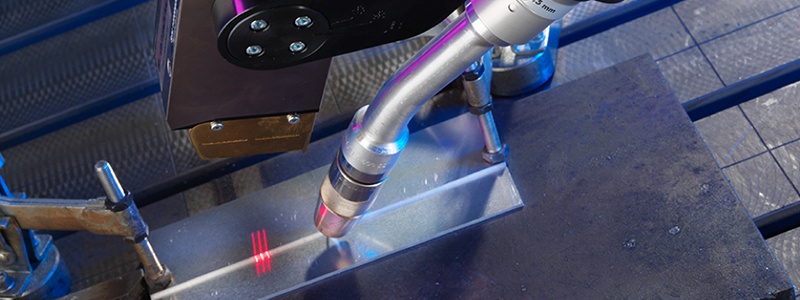
/Blog%20Photos/How%20to%20Limit%20Micro%20Arcing%20in%20Robotic%20Welding/800x300_Robo_WH.jpg)
